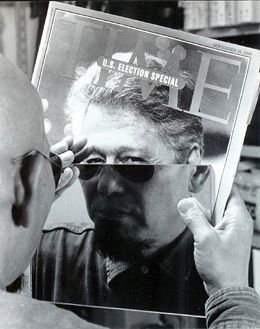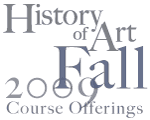394.002
Special Topics:
Art and Authoritarianism
TTh 10:00am - 11:30am
180 Tappan
3 Credit Lecture

Among the most embedded issues in histories of modern and contemporary art is the relationship between art and politics. Often this relationship is configured as a binary struggle between resistance and complicity. In some respects, this configuration reflects the extent to which this relationship has been mediated through studies of artmaking under the most extreme forms of political rule, such as those enacted in Nazi Germany and Stalinist Russia. Authoritarian forms of government certainly prevailed in many parts of the world, especially after 1945. However, the diversity of these forms catalyzed the production of a remarkably diverse range of works that helped define the emergence of a radically changed world order. Focusing on art after 1945, this course will examine artistic production and reception under various forms of authoritarian rule. Special emphasis will be given to artistic production in countries newly liberated from Western and Japanese imperial rule following the end of World War II. Given the vast scope of this subject, this course will adopt a case study model. Included among the anticipated case studies are works made during the rule of Leopold Senghor in Senegal, the interventions of Cildo Meireles in post-1964 Brazil, ink painting in Maoist China, and social realism in the Philippines under Ferdinand Marcos. At the broadest level, this course is itself a case study that seeks to explore different ways of understanding art's manifold relationships to various modes of social regulation categorized under the rubric of politics.
Estimated cost of material: $50 or more, but less than $100.
A.B.C.D.E.4

